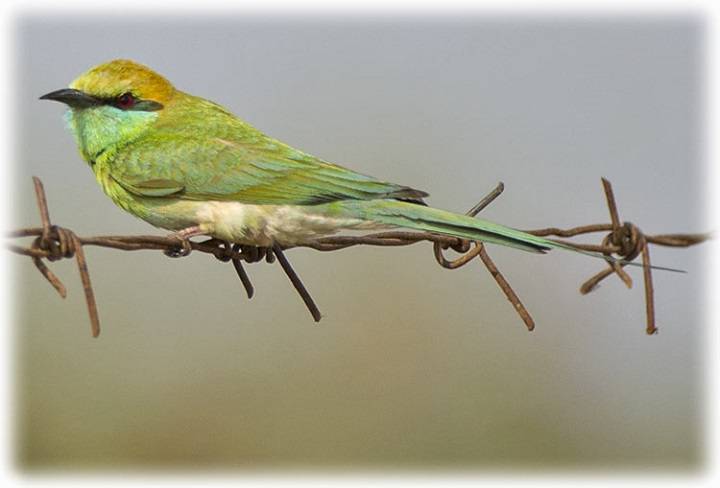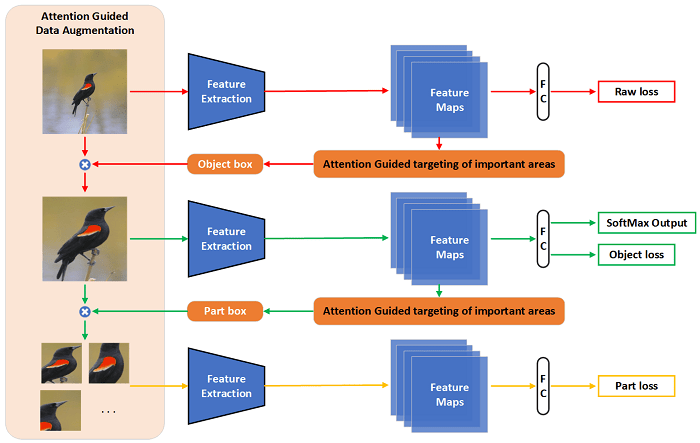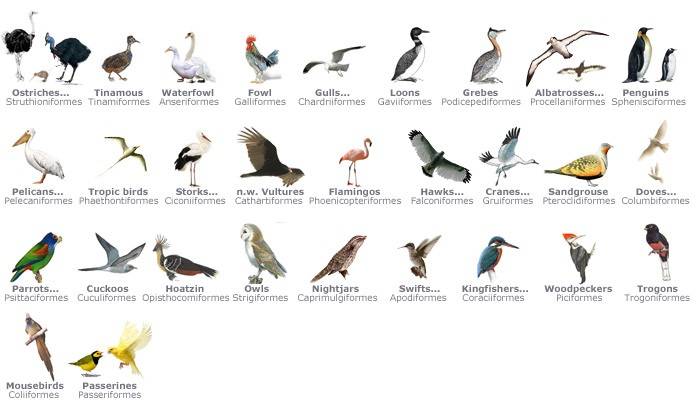Birds, with their diverse shapes, sizes, and colors, represent one of the most captivating and fascinating groups of animals on our planet. From the majestic eagles soaring high above the mountains to the tiny hummingbirds flitting among flowers, each species has its own unique characteristics and adaptations. In this comprehensive guide, we will explore the classification of birds, tracing their journey from the highest level of biological organization down to the individual species that inhabit our world.
Exploring the Hierarchical Classification System
Kingdom: Animalia:
- Birds belong to the kingdom Animalia, which encompasses all multicellular organisms capable of movement and heterotrophic nutrition. Within this kingdom, birds are distinguished by their possession of feathers, beaks, and wings, as well as other avian characteristics.
Phylum: Chordata:
- Within the animal kingdom, birds are classified under the phylum Chordata, which includes animals with a notochord, a dorsal nerve cord, and pharyngeal slits at some stage of their development. Birds exhibit all these characteristics during embryonic development, further solidifying their placement within this phylum.
Class: Aves:
- Birds are members of the class Aves, which encompasses all living species of birds. This classification is based primarily on shared anatomical features, including feathers, a beak or bill, and a lightweight skeleton adapted for flight.
Order and Family Classification
Order: Various Orders:
- Within the class Aves, birds are further divided into orders based on similarities in anatomy, behavior, and evolutionary history. There are over 40 recognized orders of birds, including Passeriformes (perching birds), Accipitriformes (birds of prey), and Strigiformes (owls), each representing distinct groups with unique characteristics.
Family: Numerous Families:
- Orders are subdivided into families, which consist of closely related species that share a common evolutionary ancestry. For example, within the order Passeriformes, the family Fringillidae includes finches, while the family Turdidae includes thrushes and allies.
Genus and Species: The Building Blocks of Classification
Genus: Grouping by Similarity:
- Families are further divided into genera, which represent groups of closely related species with shared characteristics. Genera are typically named based on shared morphological traits or in honor of a particular individual or concept. For example, the genus Corvus includes crows and ravens, while the genus Accipiter includes hawks and eagles.
Species: Unique Identifiers:
- Species are the most specific level of classification and represent distinct groups of organisms capable of interbreeding and producing fertile offspring. Each species is assigned a unique two-part scientific name, known as a binomial, consisting of the genus name followed by the species name. For example, the common house sparrow is known scientifically as Passer domesticus.
The Importance of Taxonomy in Understanding Bird Diversity
Facilitating Research and Conservation:
- Taxonomy plays a crucial role in organizing and cataloging the diversity of bird species, providing a framework for scientific research, conservation efforts, and management strategies. By understanding the evolutionary relationships between species, researchers can identify patterns of diversity, evolution, and distribution, informing conservation priorities and management decisions.
Promoting Education and Awareness:
- Taxonomy also serves as a valuable educational tool, helping to foster a deeper understanding and appreciation of the natural world. By learning about the classification of birds, individuals can gain insights into the interconnectedness of life on Earth and the importance of preserving biodiversity for future generations.
Classification of Birds
Taxonomic Uncertainty:
- Despite advances in molecular genetics and phylogenetics, there are still many unresolved questions and debates within avian taxonomy. Some species exhibit complex patterns of variation and hybridization, making it difficult to delineate clear boundaries between taxa.
Dynamic Nature of Classification:
- Classification is not static but rather reflects our current understanding of evolutionary relationships and genetic diversity. As new species are discovered, and new technologies emerge, our understanding of bird taxonomy continues to evolve, leading to revisions and updates in classification schemes.
Related Post:
Deciphering the Ideal Space Requirements for Ducks
Unveiling the Mysterious Egg-Laying Habits of Ducks
Exploring the Essential Role of Duck Grit in Avian Health
The classification of birds provides a systematic framework for organizing and understanding the vast diversity of avian life on our planet. From the kingdom Animalia down to the individual species level, each taxonomic rank represents a building block in our collective understanding of avian diversity and evolution. By studying and appreciating the classification of birds, we can gain valuable insights into their ecological roles, evolutionary history, and conservation needs, ultimately fostering a deeper appreciation for the remarkable diversity of life on Earth. So, the next time you observe a bird in your backyard or while exploring nature, take a moment to marvel at the intricacies of its classification and the rich tapestry of life that it represents.




